Interview with Mark T Fernandes, SVPHR, Head – Organization Capability and Development, and DE&I specialist
Table of contents
- What is L&D about besides training the workforce, in your opinion?
- What are critical ROI metrics for L&D? Could you please name what metrics are important in your work?
- What should an L&D team of the future be responsible for?
- What do you think it’s going to be in the future for the L&D team?
- What are the essential components of a successful L&D strategy?
- What podcasts, blogs, books about L&D can you recommend?
Meet Mark T Fernandes, a Senior Vice President, Human Resources & Head – Organization Capability and Development, and DE&I specialist at Kotak Life We discussed the key challenges, L&D strategies, and trends — more on that below.
Q: What is L&D about besides training the workforce, in your opinion?
I believe L&OD is about providing a platform for experience, education, and exposure because, in the end, these three actions help people perform better at what they are already doing and develop them for roles they would like to pick up in the future for win-win outcomes between the organization and themselves.
- Exposure. When you provide people with exposure, you are making them take up roles, learn new paradigms, and open the world to them in ways they don’t know existed yet. So, exposure experience is about the learnings that you provide for them. These could be secondments, cross-functional/ cross-geography projects, projects in a different subunit, a different function, or another part of the organization.
- Experience. Experience is about being able to leverage learnings through application in real time. On-The-Job execution through role expansions and horizontal, vertical, or zigzag career moves is a key example. The other is interventions that involve going beyond the role and giving back to society, like a corporate social responsibility kind of role, wherein if you work for an insurance organization like ours, the experience will mean how you take that knowledge to educate people outside who know nothing about insurance. You learn to appreciate another person’s viewpoint and perspective from a space you don’t occupy. So that is about the experience.
- Education. So we finished exposure, we finished experience, then we came to education. It’s about the formal and informal ways people are made aware of ideologies, concepts, frameworks, methodologies, and approaches to work. So that it gives them the license, the standing, and the cognition to approach their body of work through multiple lenses for deeper value-addition and business/societal impact.
If L&OD does that – education, exposure, and experience – effectively, I believe they’re truly enabling the workforce to do their current roles a lot better and preparing them for the evolving world of tomorrow.
Q: What are critical ROI metrics for L&D? Could you please name what metrics are important in your work?
Many people say it’s challenging to quantify interventions in L&D because, unlike other aspects of business, you can’t really put a number. I tend to take a different opinion because I believe L&D can be quantified. It all depends on how you want to quantify it. That is where I would borrow an analogy from the balanced scorecard approach (BSA). It’s a framework wherein we look at lead (predictive measures of performance) and lag (past measures of performance) measures. Lead measures what has a direct output basis.
For example:
If I talk about feedback on a five-point scale on a training program, and I have an overwhelming population, say 80% of them giving me a four or five, that tells me how I have defined my outcomes. Whether it is quality of facilitation, content, ability to apply it to the role, and so forth, I have an average of 4.5. So that is also an ROI. The result tells me that people have returned with a tangible quantification of the training. That becomes a lag measure.
However, a lag measure often isn’t enough. Because L&D is something like an intervention with deferred returns, what you do today will not necessarily germinate into an outcome. There might be a lag period from inputs to output.
A lead measure becomes fundamental because when you’re training and developing people today, they won’t change and become what you want them to become at the end of the quarter. These are behavioral interventions. They take time. What you do today will have a bearing eventually.
For example:
I will put people through a leadership journey for leadership development, not when I want a leader for tomorrow’s role. So if I need to grow leaders for tomorrow, I need to start yesterday so that by tomorrow I will have a ready pool of people. And it’s along that journey that I built milestones of return on investment. And that is where the lead effects come into action because of the training or the developmental interventions.
- Are my people raising their hand and saying yes, I want to take up new opportunities? That becomes a return on investment.
- Are people engaging better in their roles and innovating better because of that? That becomes a return on investment.
- Are people choosing to stay in the organization longer? That’s retention, which becomes a lag measure.
- Do people feel more confident adding value by managing more difficult stakeholders, taking up more complex bodies of work, and managing teams a lot? All of that becomes an ROI.
And if I managed it, then it would speak to retention, productivity, engagement, and a sense of belonging and happiness in the organization.
Retention, productivity, engagement, and belonging, and how you tell the story around that, become your periodic ROI.
Q: What should an L&D team of the future be responsible for? What do you think it’s going to be in the future for the L&D team?
I think the role of L&OD has already changed. If you look at it from pre-COVID and post-COVID time, the workforce has come back into the workplace and has very different means, right? In terms of how they want to work, where they want to work, whom they want to work with, and what kind of work they want to do. And to compound that, we also have a huge uptake in the number of Gen Z entering the workplace.
Many just began their careers around that time, so they never saw the pre-COVID world. And they were used to working hybrid, remotely, with no structures, basically project-to-project, “need-to-know” basis. And while that is about Gen Z, we also simultaneously have the Millenials, Gen X and Boomers already midway and beyond their work lifespans. And each of them has their work ethic and ways of working. Never before have we ever seen 4 generations at the workplace more than we are now. And that itself presents a unique challenge for organizations. It’s a unique and challenging experience for leaders in organizations because they have never handled a beast of this kind, if I may. And that is a vital space for L&OD to occupy and enable the organization to deliver through capability building, DEI, Succession Planning, Career Pathing, Coaching, Performance mentoring, reverse mentoring, and what have you!
I see L&D partnering with the CEO and developing a deep understanding of how to further business strategy because business as we know it is evolving at a pace like never before due to technological changes…and that calls for identifying and developing capabilities and creating leaders who’ll lead the organization sustainably onward.
The world is changing; we are already talking about moving away from the VUCA (Volatile, Uncertain, Complex and Ambiguous) to the BANI (Brittle, Anxious, Non-linear and Incomprehensible) world, and CEOs are struggling, saying, “I don’t know whether the strategy that I choose to focus on today will be relevant so much as even one year down the line because there is so much of change happening all the time and technology is constantly evolving” And while they manage that on the horizon, CEOs are also expected to report to their shareholders. They need to manage profitability, scale, customer satisfaction, and employee experience. And who enables all of that for the organization? It’s the employees. And how do you ensure employees effectively and efficiently play that part? That’s where we’re talking L&OD!
The role of L&OD today is not just about partnering with the organization to train and develop leaders for the future. Still, it’s also about helping the CEO access awareness, and real-time information about where the skills are changing, what capabilities need to be developed, who will be developed, and, how and finally, how may all of this be done with a focus on near-medium and long term profitability and growth. So, on the one hand, you’re working for the present and the near future. On the other hand, you’re also working, keeping in mind that things are continuously changing using systems and design thinking. In addition to leadership and technical skills, you must figure out how to continuously equate the workforce to change with the moving post. Because what was relevant today is irrelevant to the future, you cannot always say that I need to know yesterday if I have to prepare leaders for tomorrow; it worked pre-COVID, but today I need leaders as of right now.
For example:
Let’s see what happened because of Russia’s invasion to Ukraine. What happens to companies that were invested in Ukraine? The entire business strategy changes overnight. The global market dynamic has changed. All of this comes out with also sensitivity and empathy for what is happening to people because you can’t put only businesses first. When you need precise skills, you’ve got to manage those sentiments. You have to run the company. You have to be insurable to stakeholders for the money they put into the organization. It’s a very complex world, and the ability to shift at a point becomes very important.
I think that is the role that L&OD will increasingly play using technology.
There’s going to be a lot more technological interface, whether we’re talking about machine learning, artificial intelligence, chatbots, metaverse, or virtual reality. All of this is going to come in and change the way we experience the world and prepare leaders for tomorrow through L&G.
L&D is just like the first aid for CEO for today because you really prepare to say employees that the company is going to need not just today, but also tomorrow.
The world is also shrinking, and with COVID, we realized we could work remotely. So enabling cultures and people to work across boundaries becomes another essential facet of L&D. I could be sitting out of Latin America and working for my workforce, or with clients based in Hanoi or Vietnam, or even in Papua New Guinea, I would never have met you. I know nothing about your culture, but I work with you.
- How do I facilitate working?
- How do I facilitate cultural understanding and etiquette?
- How do I break silos to ensure there is warmth?
Connected with your sense of belonging also becomes a vital facet as part. After all, that’s where diversity, equity, inclusion, and belonging become the backbone of how organizations operate.
I’d also add the concept of mental health and well-being. Many people are also talking about losing a sense of purpose somewhere in life and not being able to relate to their bodies of work. How do you help people realign or find or refine their sense of purpose and connect to their bodies of work or redefine work in a way that speaks to people’s aspirations?
Because increasingly, people have shorter tolerance levels and are growing faster than they ever did in the past through saturation levels with the job. Initially, people could do a job for five years without getting bored. Today, people do a job for one-two years, saying, “I have done it all.”
Millennials get bored. Gen Z gets bored. How do you enable newer ways of working to ensure the job gets done and that you’re not losing people along the way? Psychological safety so that cultures don’t look at each other with suspicion. L&D managers should enable people to get across to each other. That is where L&D also will play a very keen role.
Q: What are the essential components of a successful L&D strategy?
I will use another OD model here, calling it the three-C approach: content, context, and character.
Content
Content is all about a diagnosis. The quality of your diagnosis becomes very important. Who are you delivering the intervention for, and with what end in mind, involving stakeholders as part of the design making and diagnosis because we often need to figure out why and what we are doing? If someone out there wants a program done, we go into it.
- What problem is that program solving?
- Why is there a need for that program in the absence of that program?
- What is it that shouldn’t be happening, or what is it that is not happening that should happen?
- Who is this program going to impact, and how and by when?
These are fundamental questions. What are the interlinkages of this program with business outcomes? So a thorough OD diagnosis is the only way to diagnose it. So you diagnose the stakeholder, situation, and design, and all of that becomes your content.
Context
And how do you do that by involving the people you solve the problem for? Because very often, L&D sits in an ivory tower believing they know it all, designing interventions left and right and center for execution by the business, or believing they know it all and executing it. However, the end user might say, “Hey, I don’t relate to this. It doesn’t speak to me.”
And it happens because you still need to take the pains to go there on the shop flow and understand where the pain points are and why they are there. So the content becomes very important, so collaborating on and working on content through a thorough diagnosis becomes very important. That’s content context. Very often, organizations use Cut, Copy & Paste models. However, it’s a not an universal solution.
Each organization has its context. Contextualizing it to the role, business, and individual approach, how the facilitator wants to tell the story becomes very important without making people realize why they need to do it in the first place. So context also becomes very important. And the context has to appeal. At a business level, your department level, and individual level.
You can’t have a context that only speaks to the business but not to the department and the individual. You can’t have a context that only speaks to the individual but not the department and the organization. And you can’t have a context that only speaks to the department but not the individual and the organization. It has to be an amalgamation of all three.
Character
Character is about the energy and skin in the game (of the facilitator, audience, and business). If you have to tell a wholesome story that creates an impact and triggers the drive for change, then it has to be experiential and relatable…it has to have elements of hope, fear, angst, vulnerability, triumph. if you have to create an experience, the characterisation through deep facilitation becomes very essential.
And for that, you’ve got to get the people to come together and feel comfortable disagreeing, debating, and discussing. But without psychological safety, you will have nobody who challenges you, talk about their fears, share their success stories, open up to their vulnerabilities etc etc. And that is why organizations today struggle with innovation because we all like to say yes and are scared to say no. That’s where the character aspect becomes crucial.
Q: What podcasts, blogs, books about L&D can you recommend?
I don’t recommend many books. But the one I would, and strongly at that, is one written by the famed social psychologist Edgar H. Schein, “Process Consultation: Building the Helping Relationship.” It’s a seminal work that elaborates on (L&OD) Consultant-Client relationship in an organization/ therapy/ sociocultural set-up to navigate successful change through an effective understanding of the psychology of human dynamics. This one is especially for OD enthusiasts!
Stay up to date with our newsletter
Every month, we’ll send you a curated newsletter with our updates and the latest industry news.


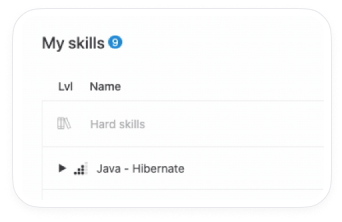


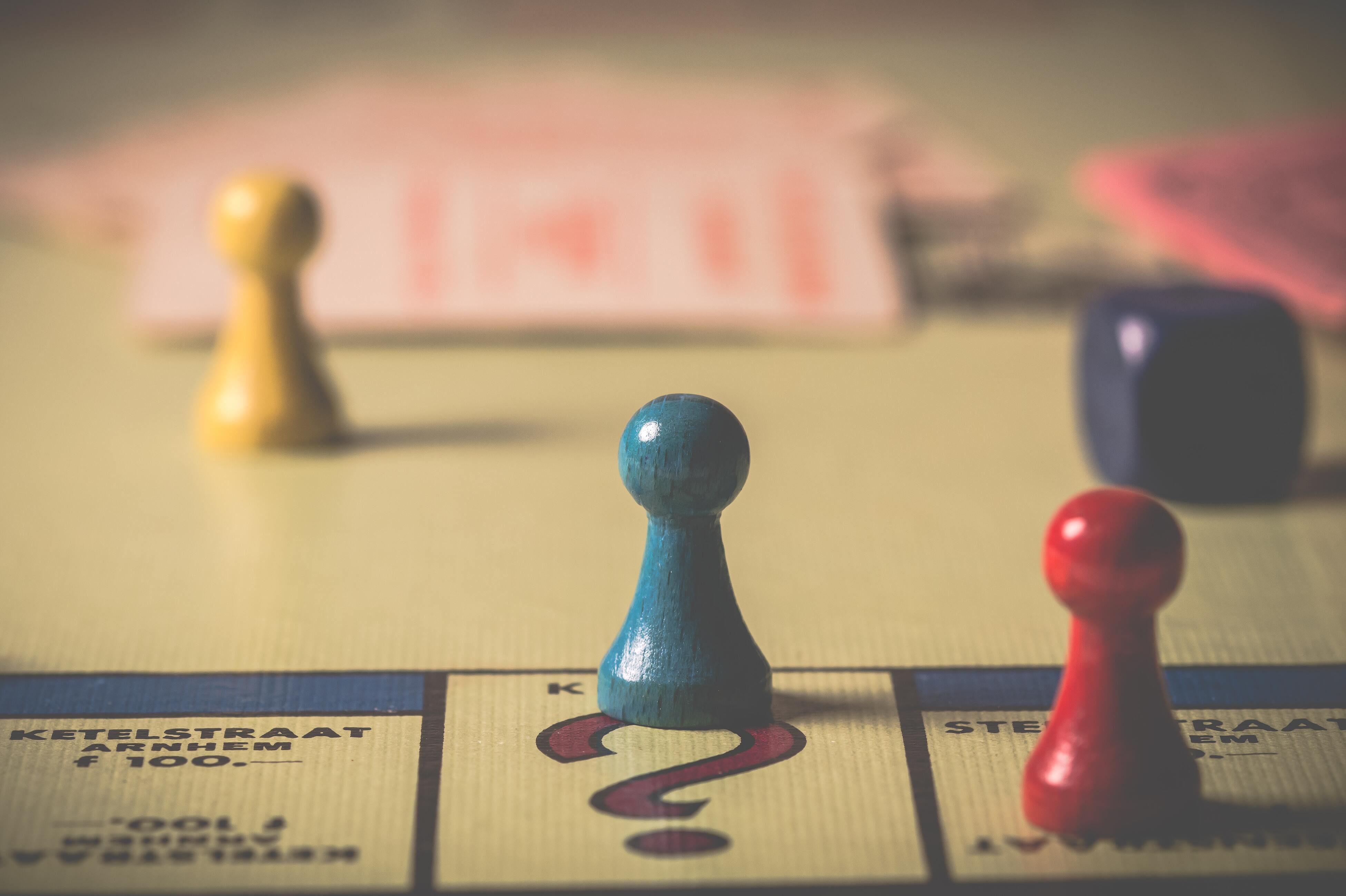


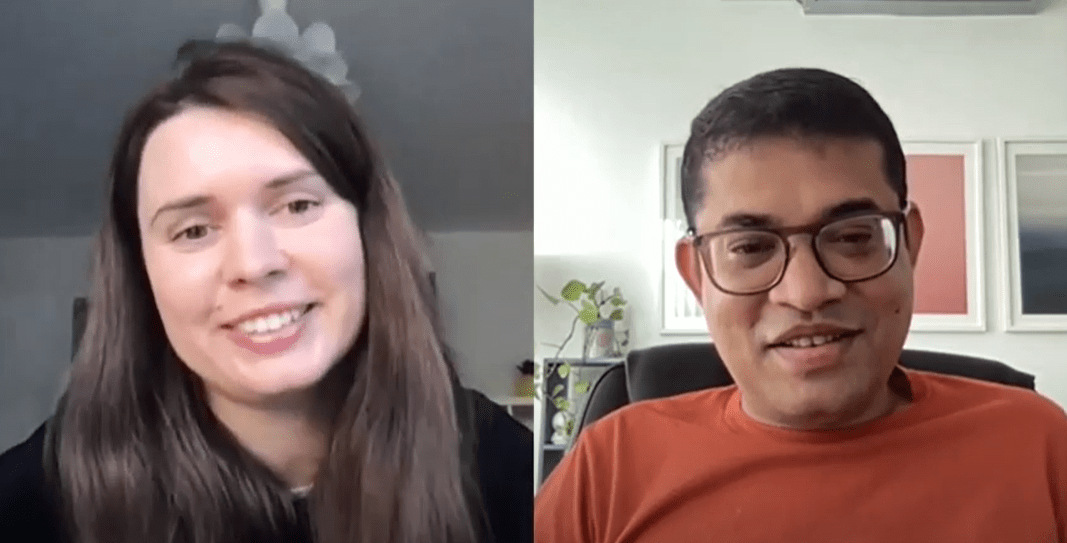
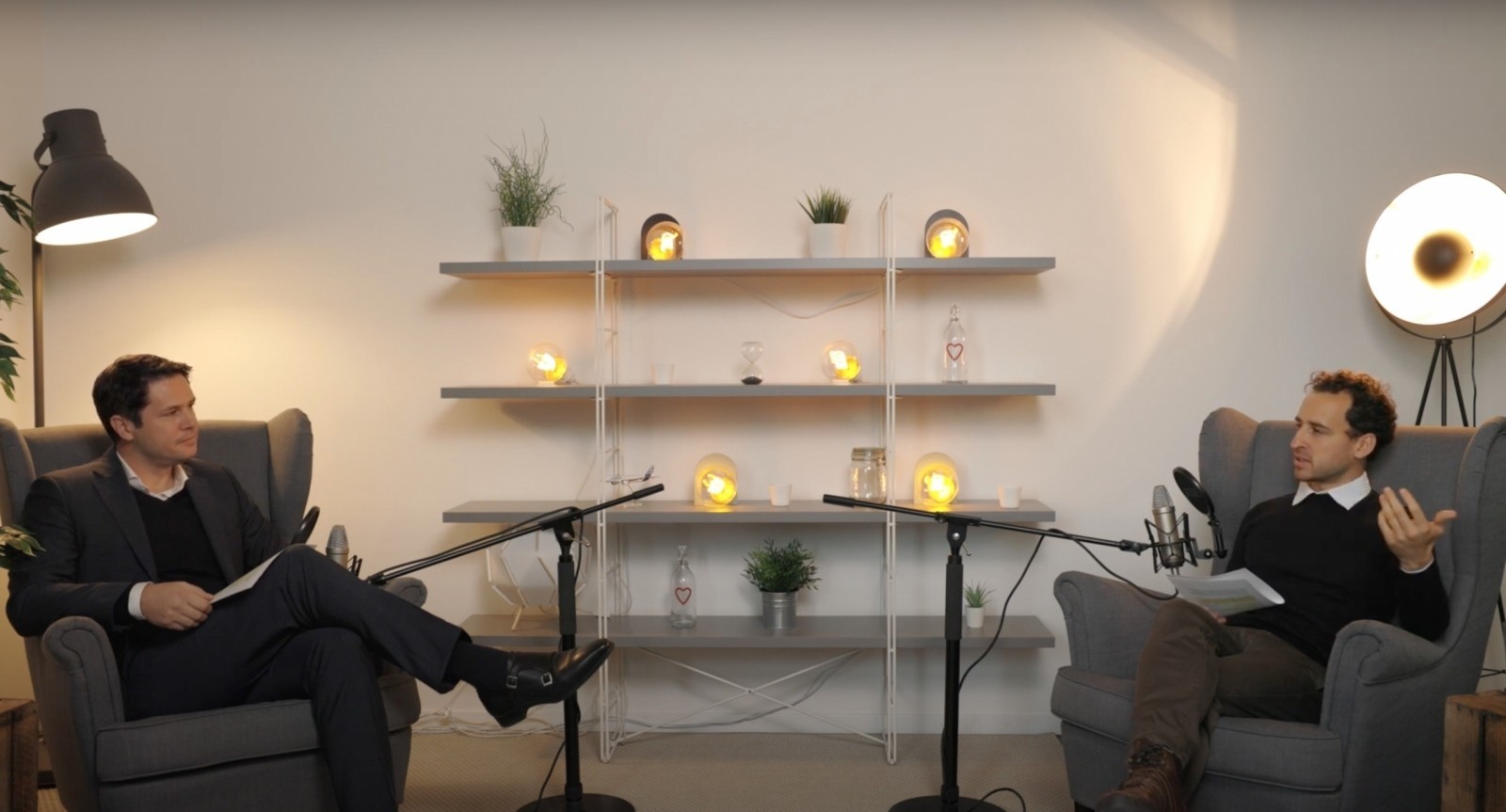



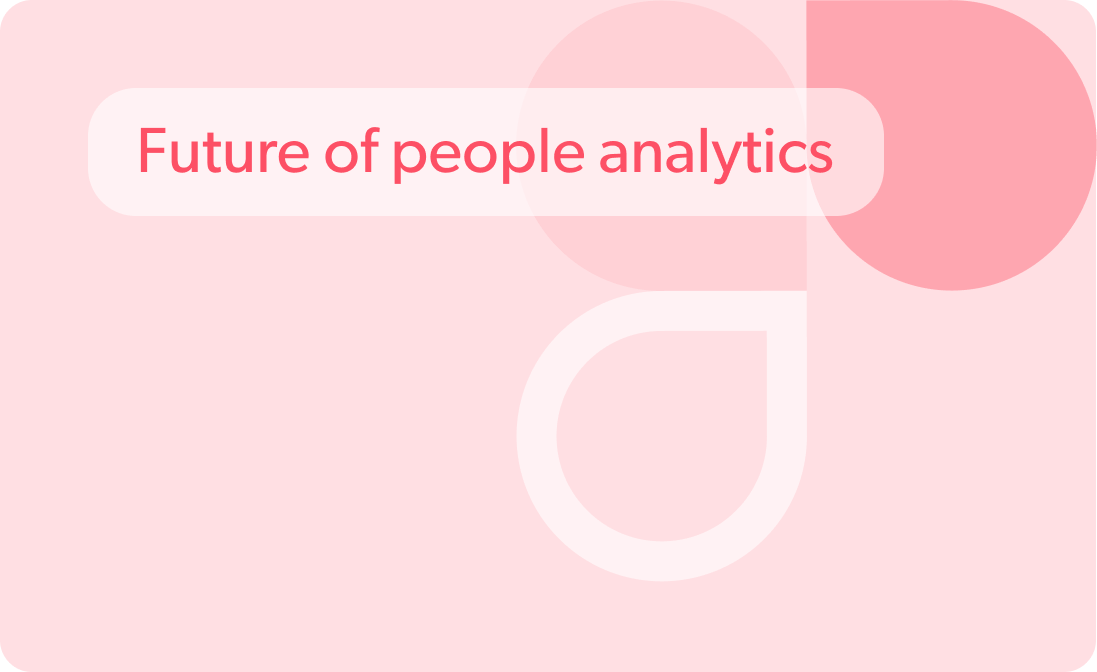
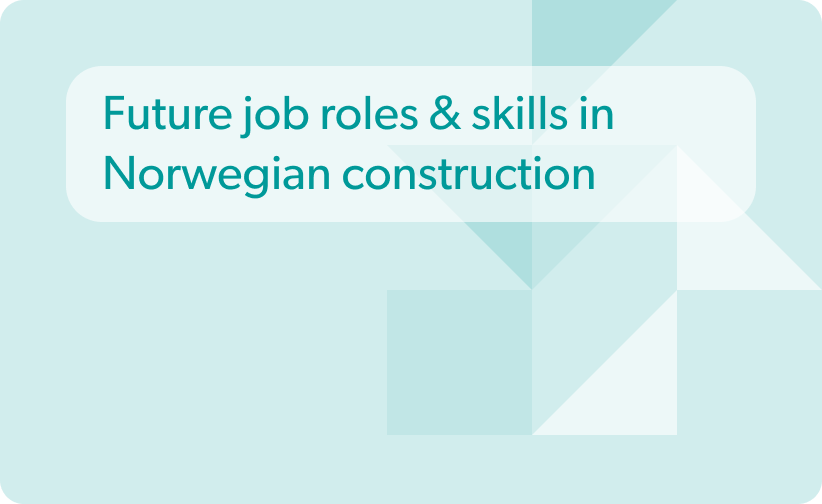
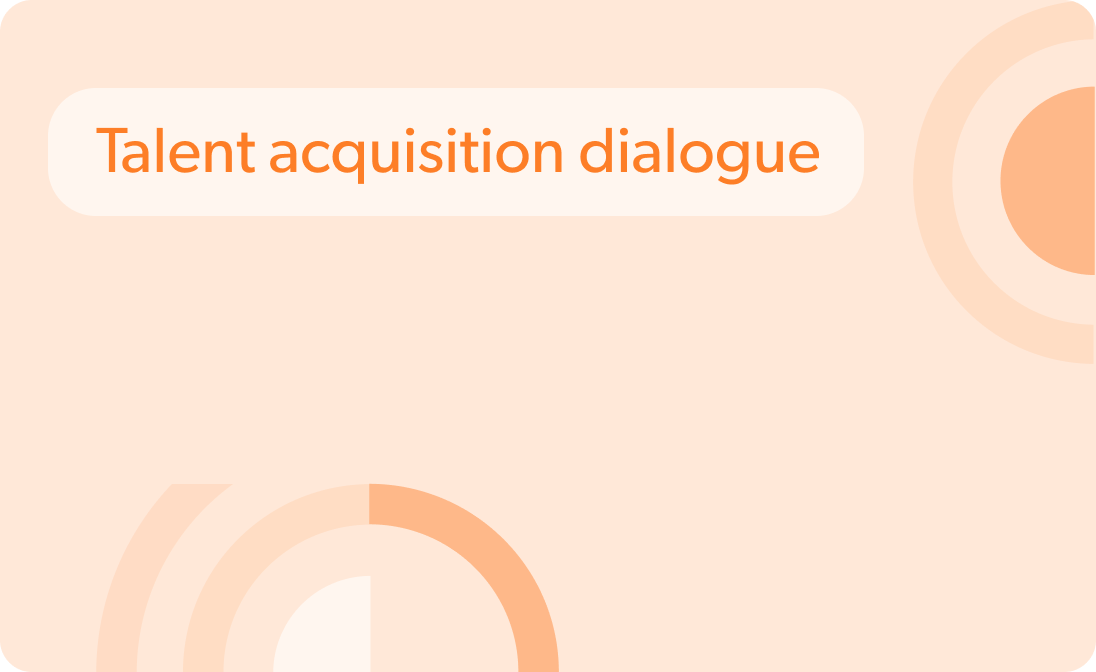










 info@hrforecast.de
info@hrforecast.de
 +49 89 215384810
+49 89 215384810






